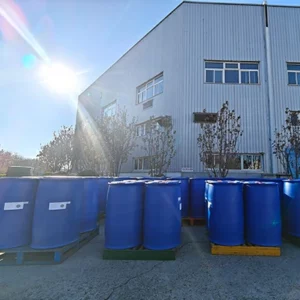What is the history behind soy sauce for seafood in different cuisines?
Soy sauce for seafood has a rich and diverse history, particularly in its use with seafood across various cuisines.
Here’s a brief overview of its evolution and significance:
Origins of Soy Sauce
- China: Soy sauce originated in China over 2,500 years ago, derived from fermented soybeans. It was initially used as a seasoning and preservative, enhancing the flavors of various dishes, including seafood.
Development Across Cultures
- Japanese Cuisine: Introduced to Japan in the 7th century, soy sauce (shoyu) became fundamental in Japanese cooking. It pairs well with seafood, notably in sushi and sashimi, where its umami flavor complements the freshness of the fish.
- Korean Cuisine: In Korea, soy sauce (ganjang) is a staple ingredient, especially in dishes like jeon (savory pancakes) and various seafood stews. The fermentation process often involves adding ingredients like kelp, enhancing its flavor profile for seafood.
- Southeast Asian Influence: In countries like Indonesia and the Philippines, soy sauce is integral to marinades and dipping sauces for seafood. It often combines with local ingredients such as citrus and chili, creating unique flavor combinations.
Modern Adaptations
- Global Cuisine: As soy sauce spread worldwide, it adapted to local tastes. In Western countries, it’s commonly used in Asian-inspired dishes, often paired with seafood in stir-fries and sauces.
Culinary Uses
- Flavor Enhancement: Soy sauce enhances the umami flavor in seafood, making it a popular choice for grilling, marinating, and dipping.
- Cultural Significance: In many Asian cultures, seafood and soy sauce reflect traditional cooking methods and are often used in festive dishes.
Conclusion
Soy sauce has evolved from a simple Chinese condiment to a global ingredient essential in seafood preparations across various cuisines. Its ability to enhance flavors while preserving freshness has made it a beloved staple in kitchens around the world.

